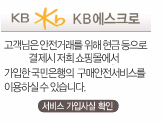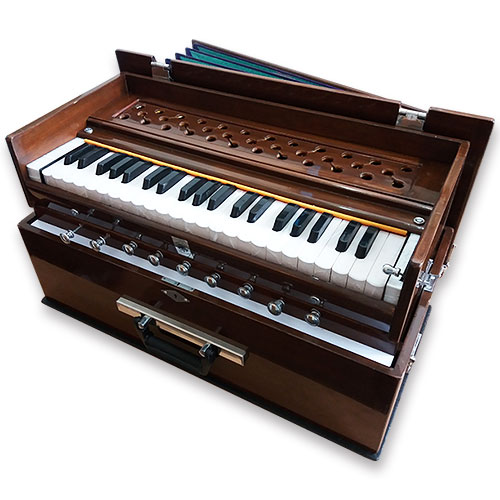


하모니움(Harmonium ; Peti ; Baja ; Pump Organ)

하모니움(Harmonium, Pump Organ)
하모니움은 상자형의 케이스와 피아노식의 건반을 가진 리드오르간의 일종입니다.
손으로 풀무(Bellows)에 바람을 넣어 건반을 연주하면 리드가 떨게 되어 소리를 만들어 냅니다.
스톱(Stops)은 음 빛깔을 변화시키는 장치입니다.
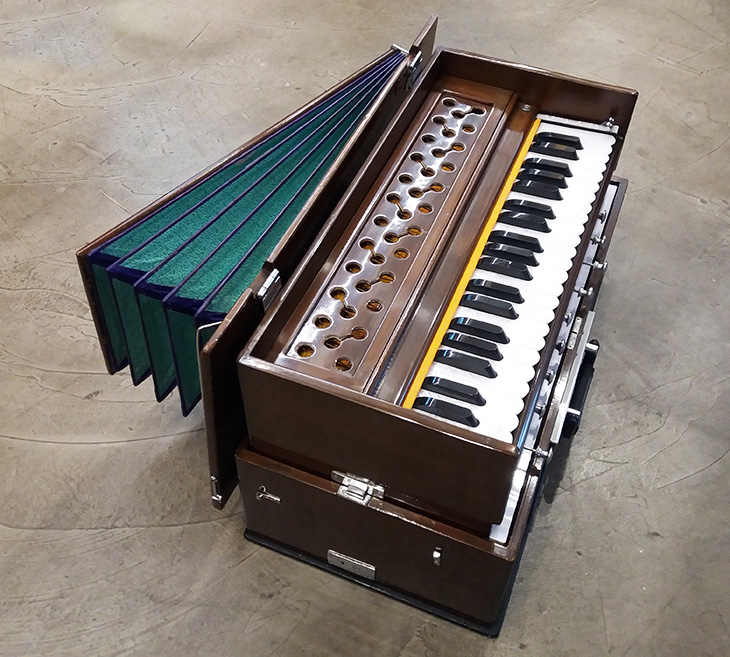
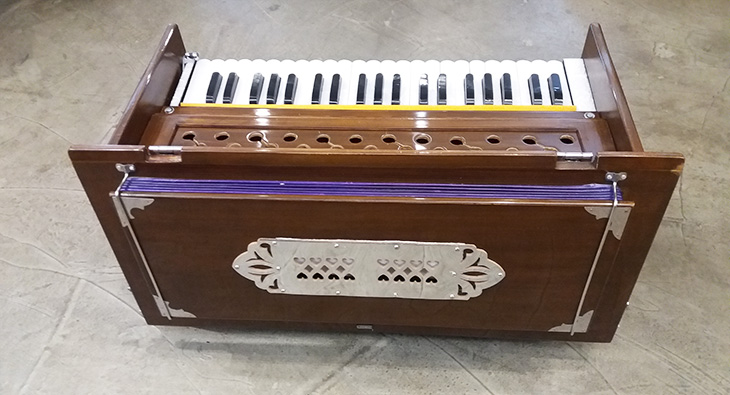
- ㆍ 옥타브: 3 1/2
- ㆍ 건반 수: 44
- ㆍ Reed Sets: Double(Bass & Male)
- ㆍ 9 Stops : - 5 Dain Stops
- - 4 Drone Stops
- 왼쪽 >> 오른쪽
1. Male reeds 2. C# Drone 3. Bass reeds 4.D# Drone
5. Bass reeds 6. G# Drone 7. Tremolo 8. A# Drone 9. Male reeds - ㆍ Coupler
ㆍ Travel Padded Soft Bag - ㆍ Notes: 2개
- ㆍ 무게: 7kg
- ㆍ Bellows: Multifold
- ㆍ 박스재질: 소나무
- ㆍ 시작 음: C
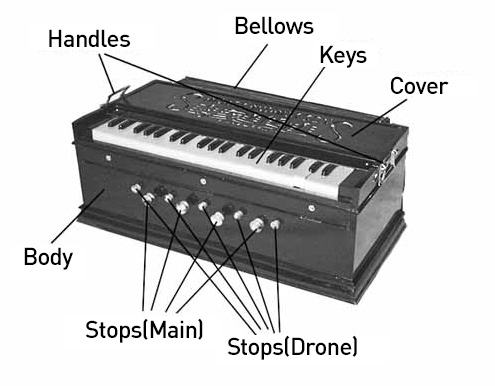
Bellows - The bellows are the pumps which force the air through the instrument. There are really two sets of bellows, one internal and one external. The external bellows are pumped by hand; these are familiar to the average player. The external bellows then forces the air into the internal bellows. The internal bellows act as a reservoir for the air. These bellows lay deep inside the instrument and are visible only by disassembling the instrument. The internal bellows push against a spring; it is this spring which forces the air over the reeds.
Keys - The keys, known in India as "chabi", are the small wooden controls that the performer fingers to play the music. There are black keys and white keys. Although the keyboard is reminiscent of the keyboards found on pianos and other Western instruments, the international standard for pitch (i.e., A=440) has not been adopted.
Cover - The cover is a small piece of wood, sometimes with cloth or glass, which covers the workings of the harmonium. It serves two functions. The most important is to protect the workings against damage. It also changes the sound by muting the higher frequencies while allowing the lower frequencies to pass. Sometimes the cover has a sliding panel which makes this muting action adjustable.
Stops (main) - The main stops are a series of valves which control the way that air flows in the instrument. The main stops control the air flowing into the various reed chambers. There are usually a minimum of one stop per reed chamber; however it is not unusual to find more than one per chamber. Although these extra stops may control special functions, such as tremolo, it is not unusual to find a redundant stops with no special function. This reflects the tendency of Indian musicians to simply open up all the stops, regardless of the function.
Stops (drone) - The drone strops are the most distinguishing feature of Indian harmoniums. These stops control the flow of air over un-keyed reeds. They simply drone their particular pitch. There may be any number of drones set to any pitch; however they tend toward, A sharp, C sharp, D sharp, F sharp, and G sharp.
Handles - The handles allow for easy transport of the harmonium. In a box type, there are two handles on the sides. In a suitcase style, there is only a single handle.
The harmonium is also known as peti or baja. This instrument is not a native Indian instrument. It is a European instrument which was imported in the 19th century. It is a reed organ with hand pumped bellows. Although it is a relatively recent introduction, it has spread throughout the subcontinent. Today, it is used in virtually every musical genre except the south Indian classical.








